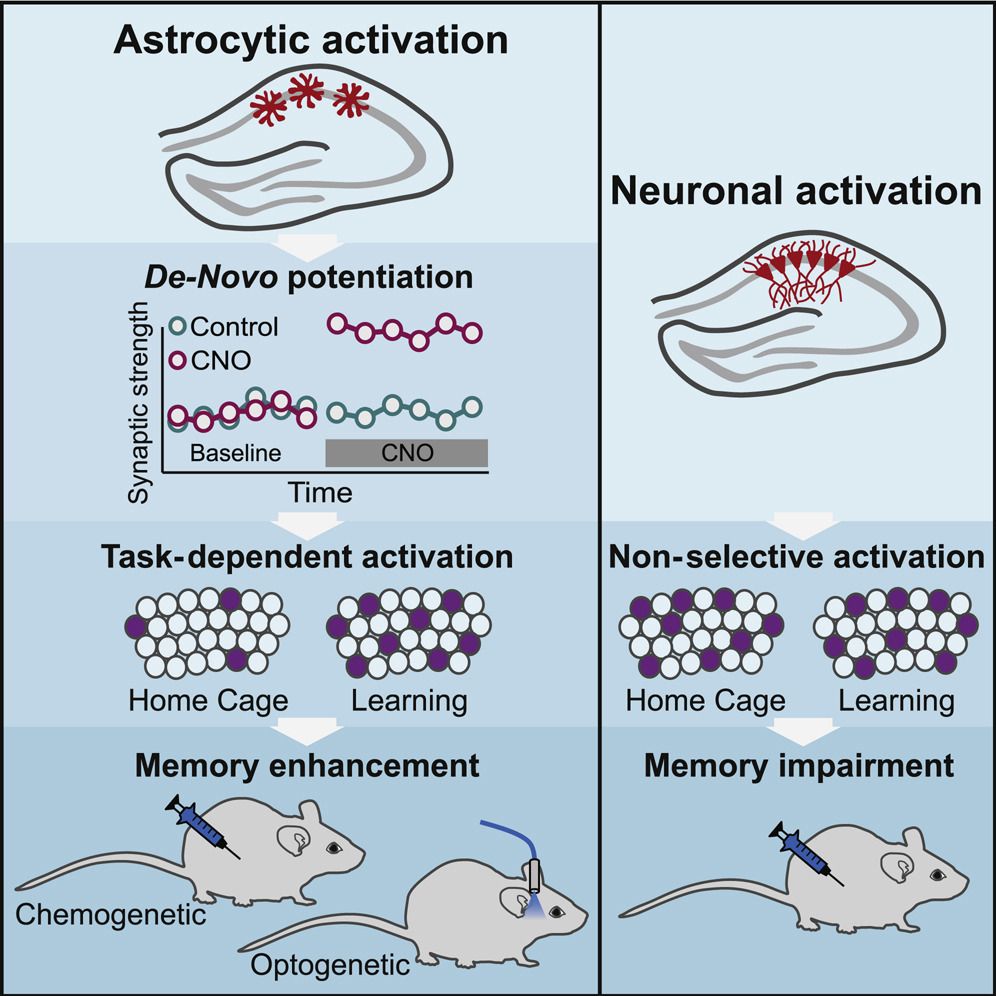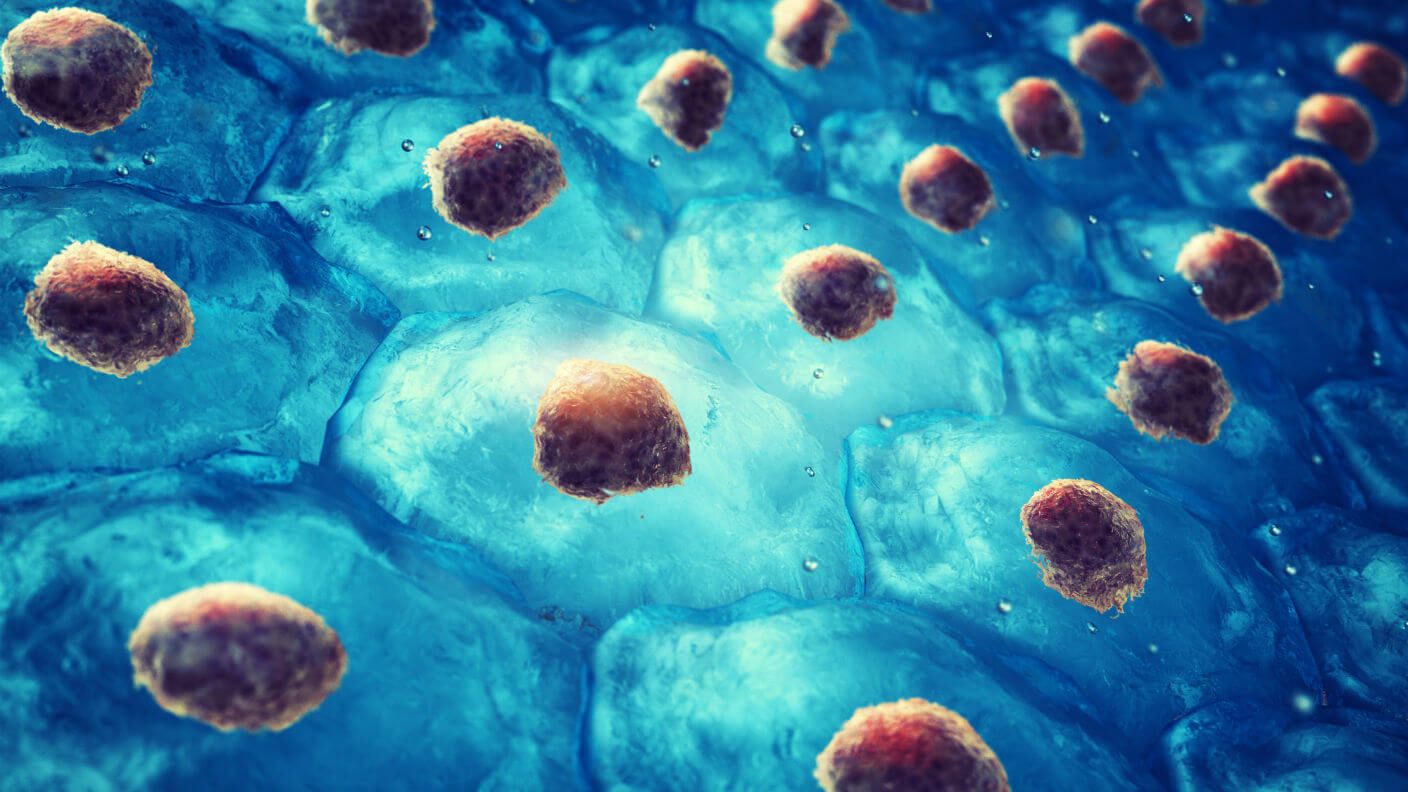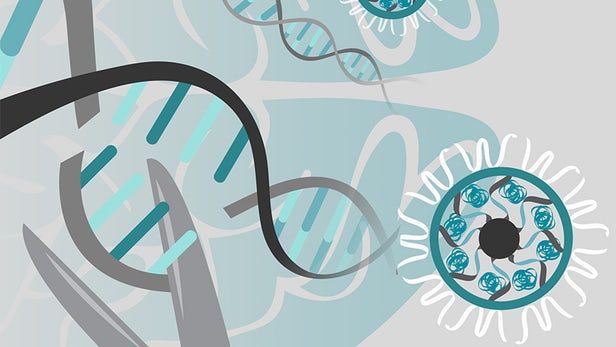Archive for the ‘neuroscience’ category: Page 850
Jun 29, 2018
Astrocytic Activation Generates De Novo Neuronal Potentiation and Memory Enhancement
Posted by Manuel Canovas Lechuga in category: neuroscience
Astrocyte activation in the hippocampus is sufficient to generate synaptic potentiation, enhance memory allocation, and improve cognitive performance beyond what can be achieved by elevating neuronal activity alone.
Jun 28, 2018
Neurotoxins and Sleep: What You Need to Know
Posted by Nicholi Avery in categories: biotech/medical, neuroscience
Living in a culture dependant upon caffeine and lack of sleep, its important to remember that sleep offers an incredibly important biological function. One night of sleep deprivation is tied to Alzheimer’s disease.
While people once believed that sleep was merely a period of inactivity and rest, modern studies in chronobiology have shown that sleep is important for a variety of biochemical processes. A recent study suggests that sleep is even more important than physicians and scientists previously thought, allowing the brain to flush out toxic chemicals that build up over the course of a day.
Neurotoxins and Your Brain
Continue reading “Neurotoxins and Sleep: What You Need to Know” »
Jun 28, 2018
The State of Brain-Machine Interfaces
Posted by Marcos Than Esponda in categories: biotech/medical, genetics, neuroscience
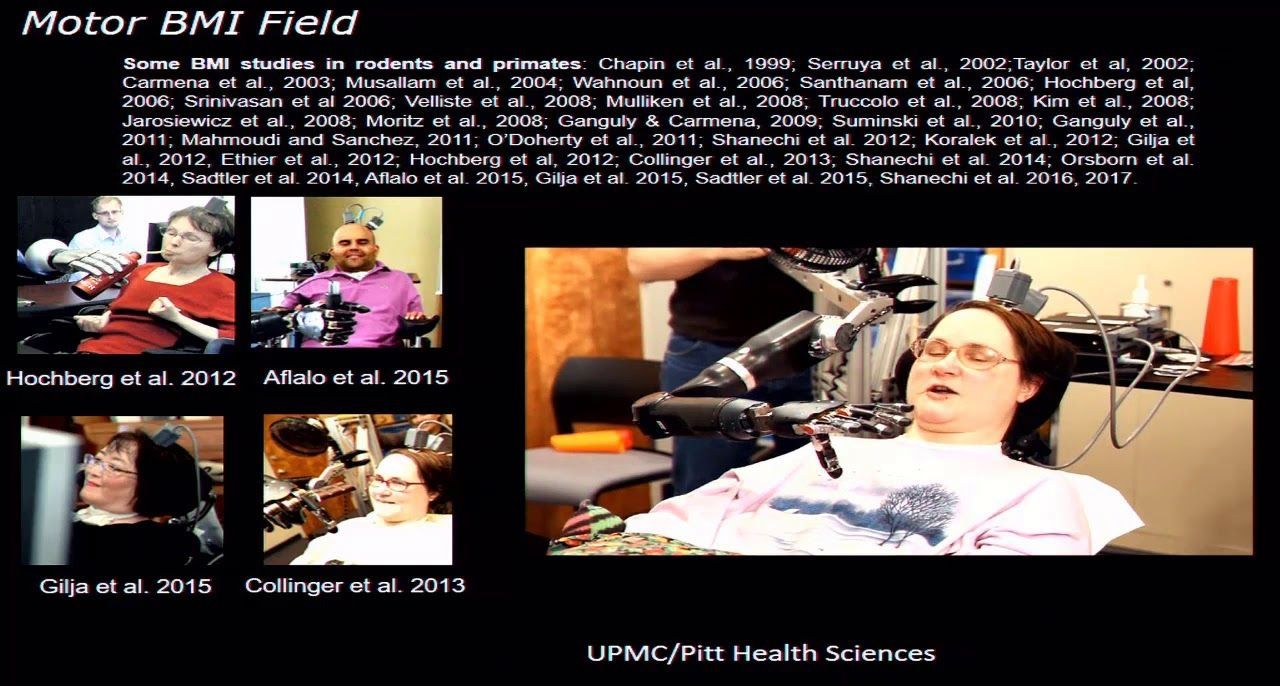
Maryam shanechi, university of southern california.
With recent technological advances, we can now record neural activity from the brain, and manipulate this activity with electrical or optogenetic stimulation in real time. These capabilities have brought the concept of brain-machine interfaces (BMI) closer to clinical viability than ever before. BMIs are systems that monitor and interact with the brain to restore lost function, treat neurological disorders, or enhance human performance.
Jun 28, 2018
Once-Dreaded Poliovirus Could Treat Brain Cancer
Posted by Genevieve Klien in categories: biotech/medical, genetics, neuroscience
Polio was a devastating disease before the development of the polio vaccine. But now, this once-feared virus might help treat another deadly illness — brain cancer.
In a new study, some patients who had an aggressive type of brain cancer called glioblastoma and who received a genetically modified poliovirus lived much longer than typical for these patients.
The study found that about 21 percent of the brain cancer patients who received the poliovirus therapy were alive three years later. In contrast, among a group of previously treated patients who had the same cancer but received standard therapies (such as chemotherapy), just 4 percent were alive after three years.
Continue reading “Once-Dreaded Poliovirus Could Treat Brain Cancer” »
Jun 28, 2018
Common Gene Variants Found Among Psychiatric Disorders
Posted by Jeffrey L. Lee in categories: biotech/medical, neuroscience
Does anyone have an opinion on this latest finding?
In the largest-ever study of its kind, researchers combined genomic data from nearly 900,000 patients and healthy individuals to identify commonalities among 10 mental illnesses.
Jun 28, 2018
Sleep-focused neurotech firm Dreem raises $35M from Johnson&Johnson Innovation and Bpifrance
Posted by Alvaro Fernandez in categories: biotech/medical, neuroscience
Dreeming big.
Dreem Announces $35 Million Financing from lead investors Johnson & Johnson Innovation and Bpifrance (press release):
“Dreem, a neurotechnology company, today announced the closing of a new round of funding, raising $35 million USD to rapidly accelerate product development, invest in strategic research and development, and advance the future of sleep technology. Last year, Dreem introduced a comprehensive solution to address a suite of sleep problems and enhance the quality of rest during the night. The Dreem headband monitors brain activity to track sleep accurately and uses auditory stimulation as a medium to help people fall asleep faster, get deeper sleep, and wake up refreshed.
Jun 28, 2018
Ubiquitous Computing (The Future of Computing)
Posted by Ankur Bargotra in categories: computing, information science, neuroscience
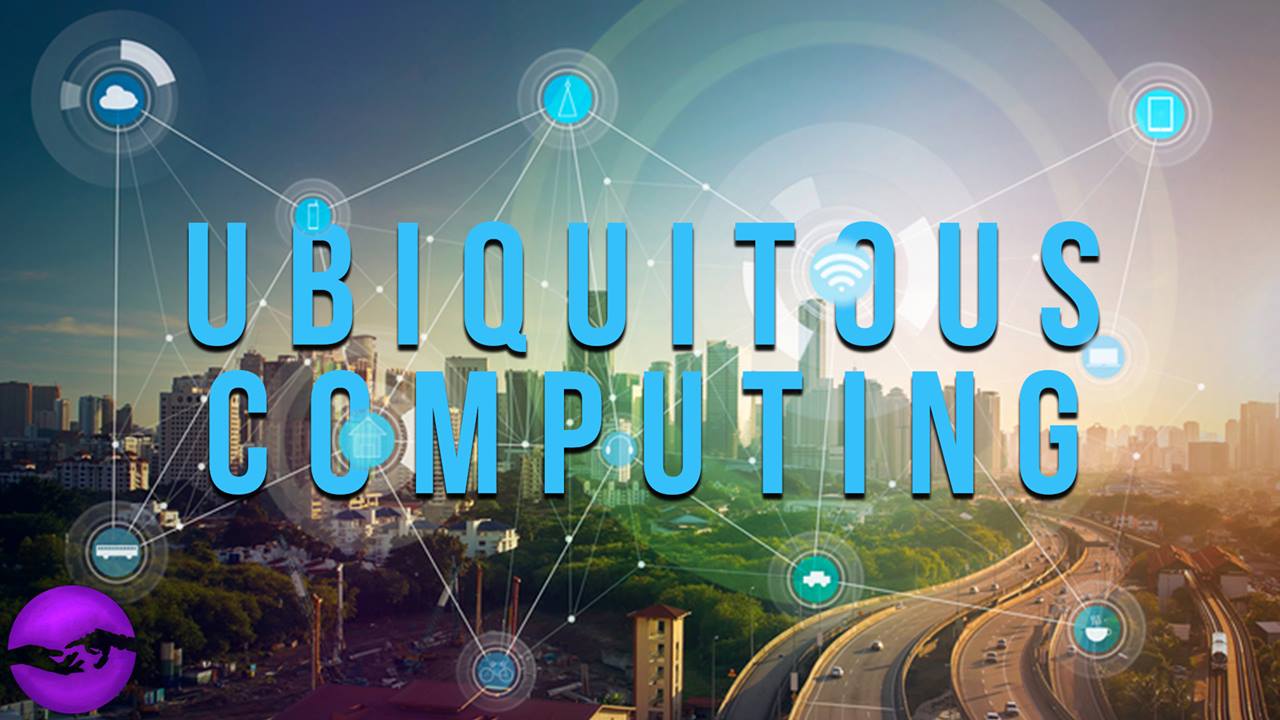
Recommended Books ➤
📖 Life 3.0 — http://azon.ly/ij9u
📖 The Master Algorithm — http://azon.ly/excm
📖 Superintelligence — http://azon.ly/v8uf
Continue reading “Ubiquitous Computing (The Future of Computing)” »
Jun 27, 2018
Transdifferentiation Can Create An Endless Supply of Brain Cells—And Fast
Posted by Manuel Canovas Lechuga in categories: biotech/medical, neuroscience
So what’s the catch?
For one, iPSCs can take months to make and the process is expensive. Furthermore, reverting cells back to a stem cell state wipes out their history, which is sometimes useful for studying disease progression.
In essence, iPSCs are the middlemen between one cell type and another. What if we could simply take out the middleman altogether?
Continue reading “Transdifferentiation Can Create An Endless Supply of Brain Cells—And Fast” »
Jun 26, 2018
New CRISPR-Gold technique reduces behavioral autism symptoms in mice
Posted by Genevieve Klien in categories: bioengineering, biotech/medical, genetics, habitats, neuroscience
A remarkable new study has successfully used the CRISPR-Cas9 gene editing technique to edit a specific gene in mice engineered to have fragile X syndrome (FXS), a single-gene disorder often related to autism. The single gene edit in the live mice resulted in significant improvements in repetitive and obsessive behaviors, making this the first time gene editing has been used to effectively target behavioral symptoms related to autism spectrum disorder (ASD).
FXS is a genetic disorder associated with intellectual disability, seizures and exaggerated repetitive behavior. Previous studies have shown that the repetitive behaviors associated with FXS are related to a specific excitatory receptor in the brain that, when dysregulated, causes exaggerated signaling between cells.
The CRISPR technique homes in on the gene that controls that excitatory receptor, the metabotropic glutamate receptor 5 (mGluR5), and essentially disables it, dampening the excessive signaling the corresponds with repetitive behaviors. In mice treated with the new system, obsessive digging behavior was reduced by 30 percent and repetitive leaping actions dropped by 70 percent.

